Ash Dieback Is Now Very Widespread: Play Your Part In Helping To Tackle The Problem
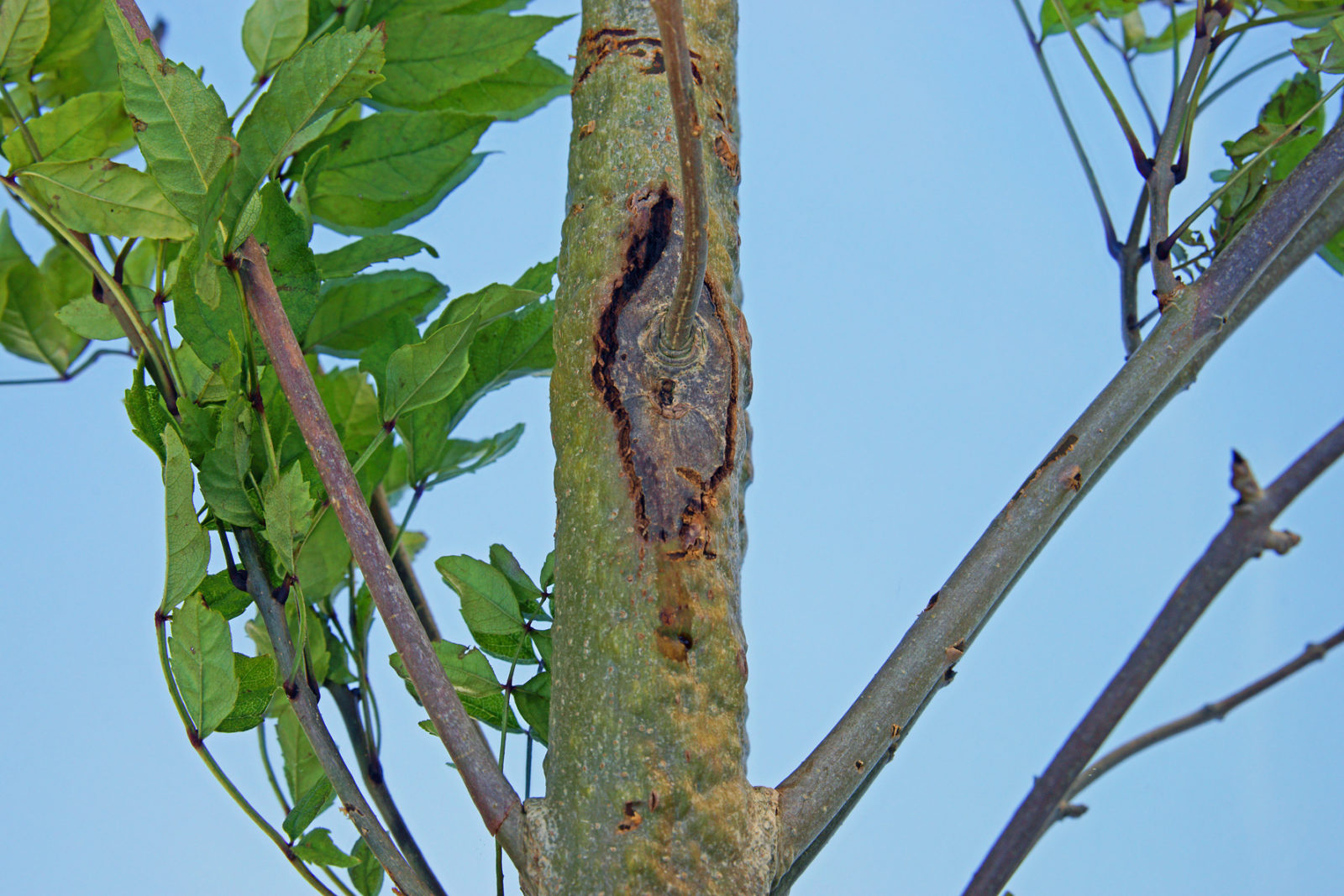

Elizabeth is a Permaculture Garden Designer, Sustainability Consultant and Professional Writer, working as an advocate for positive change. She graduated from the University of St. Andrews with an MA in English and Philosophy and obtained a Diploma in Applied Permaculture Design from the Permaculture Association.
Reviewed By DAN ORI

Dan has over 27 years’ under his belt caring for plants and gardens. Working as a Horticultural Instructor and Consultant, he draws on a diverse range of experience that includes working as a Head Gardener, Tree Surgeon, Garden Centre Trouble Shooter, and writer of academic papers. Dan has a Level 3 Diploma in Horticulture and is currently a candidate for the RHS’s most prestigious award – The Master of Horticulture.
British ash trees are one of our most important native trees, but unfortunately, ash trees are threatened by a fungal disease called ash dieback.
Learn more about this issue and what can be done to slow its spread and deal with this issue in this guide.
Ash dieback was first found in the UK in 2012 and is now very widespread.1Forest Research. (2022, December 13). Ash dieback (Hymenoscyphus fraxineus). Retrieved March 9, 2023, from https://www.forestresearch.gov.uk/tools-and-resources/fthr/pest-and-disease-resources/ash-dieback-hymenoscyphus-fraxineus/
It poses a threat to ash trees growing in parks and gardens and to natural woodlands and forests.
Gardeners can play their part in helping to tackle this serious problem, by taking measures to help slow its spread in affected areas, and by reporting dieback in parts of the UK where it has not already been recorded.
Learning more about this problem and how to identify it is the first step in learning how to help.
What Is Ash Dieback?
Ash dieback, also called Chalara dieback to set it apart from other causes of dieback in ash trees, is a highly destructive disease of ash trees, especially our native common ash, Fraxinus excelsior.
The cause of this disease is a fungus called Hymenoscyphus fraxineus, which originated in East Asia.2Nielsen, L. R., McKinney, L. V., Hietala, A. M., & Kjær, E. D. (2017). The susceptibility of Asian, European and North American Fraxinus species to the ash dieback pathogen Hymenoscyphus fraxineus reflects their phylogenetic history. European Journal of Forest Research, 136(1), 59–73. https://doi.org/10.1007/s10342-016-1009-0
This disease is now found in most areas of the UK, though its effects are clearest and most noticeable in those regions of the country in which the fungus was present earliest, and where local environmental conditions allow the fungus to thrive.3Ash Dieback UK Outbreak. (n.d.). Forestry Commission. Retrieved March 9, 2023, from https://cdn.forestresearch.gov.uk/2022/02/ashdieback_uk_outbreak_map4_10_web_version_may2020-scaled.jpg
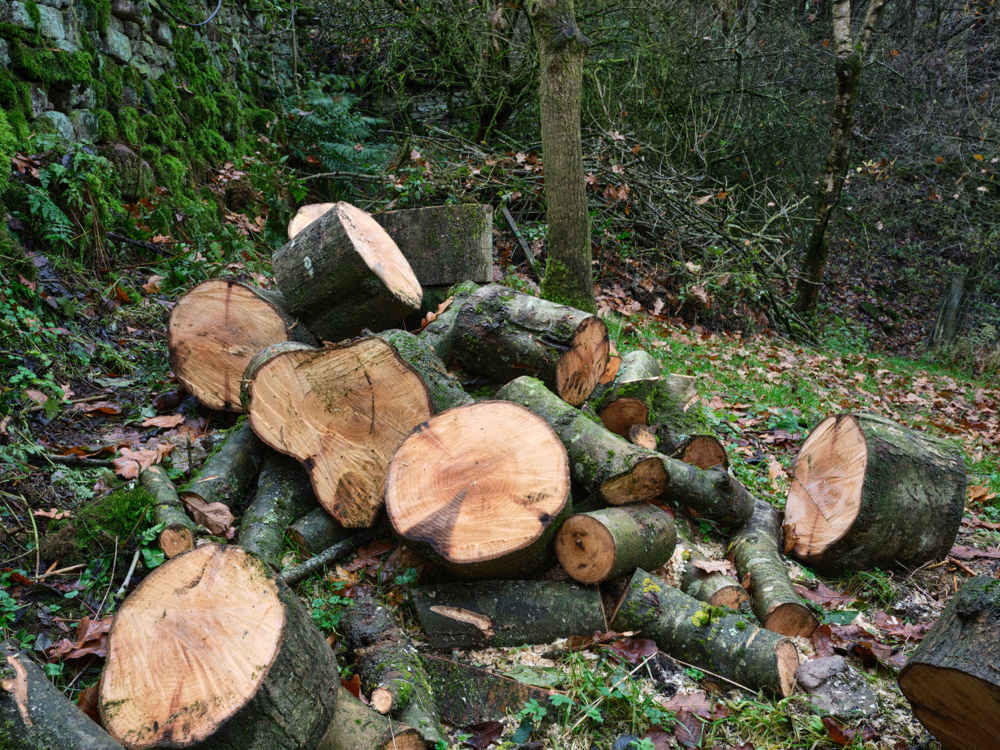
In the UK, the disease was confirmed first in trees growing in nurseries or on recently planted ash trees.
However, many cases have now been found in the wider environment.
This disease is also established in many other European countries, where it has had devastating effects.
As well as affecting our common ash, this disease also affects many other varieties.
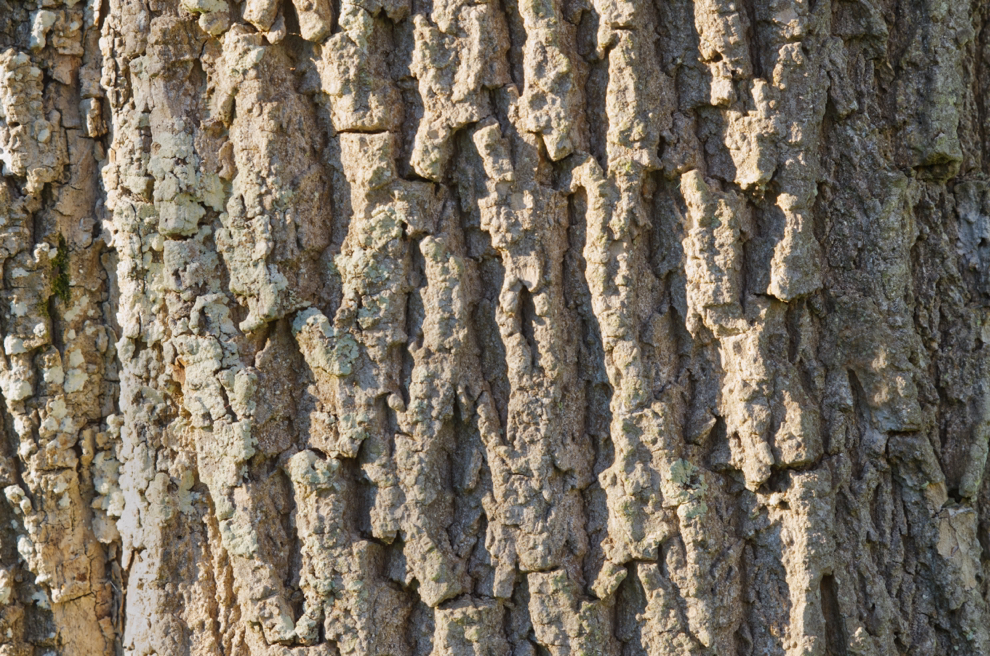
In 2018, ash dieback was also found on three other ornamental tree and shrub species: mock privet (Phillyrea latifolia), P. angustifolia and Chionanthus virgincus.4Better, F. G. C.-. B. L. L. (2018, August 29). Ash dieback alert. Frosts Garden Centres. Retrieved March 9, 2023, from https://www.frostsgardencentres.co.uk/news/24/ash-dieback-alert
Ash dieback on common ash does have a significant threat to woodland ecology and biodiversity.
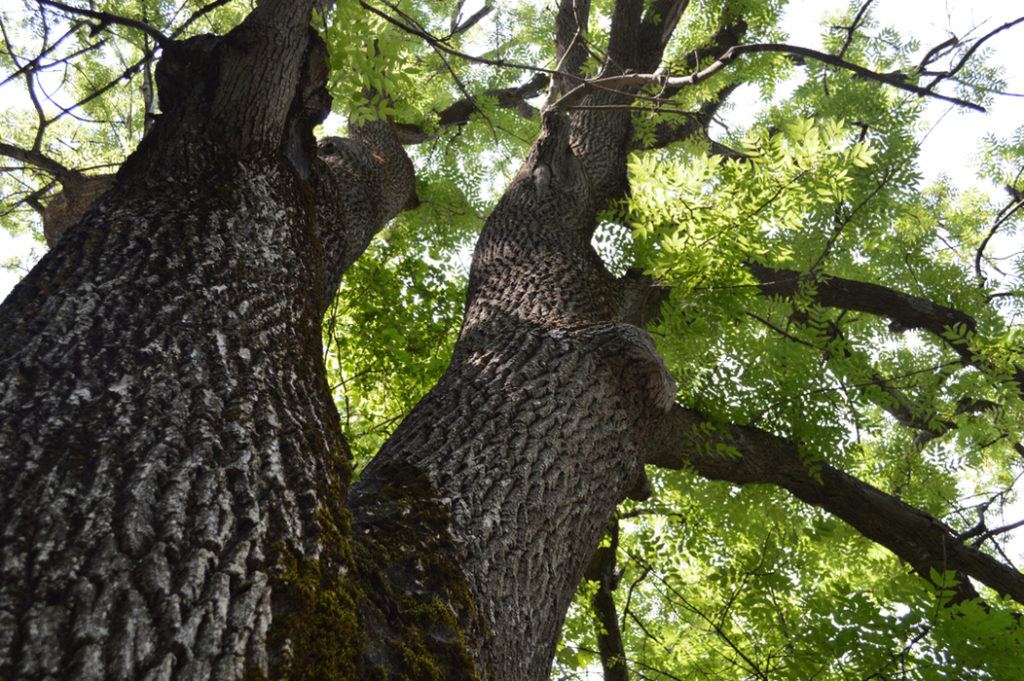
It also has major impacts on the forestry and hardwood industries.
Older trees can survive for some time, but can succumb when exposed for longer.
They may also be hit in their weakened state by another pathogen, like honey fungus, which can eventually kill them.
About Ash Trees
Common ash makes up 12% of the broadleaf woodland of the British Isles and is also common in parks, gardens, hedgerows and roadsides.5Forest Research. (2022a, February 16). Woodland area by species. Retrieved March 9, 2023, from https://www.forestresearch.gov.uk/tools-and-resources/statistics/forestry-statistics/forestry-statistics-2018/woodland-areas-and-planting/national-forest-inventory/woodland-area-by-species-broadleaves/
A huge variety of native wildlife benefits from it, and it grows in a wide range of soils and climates.
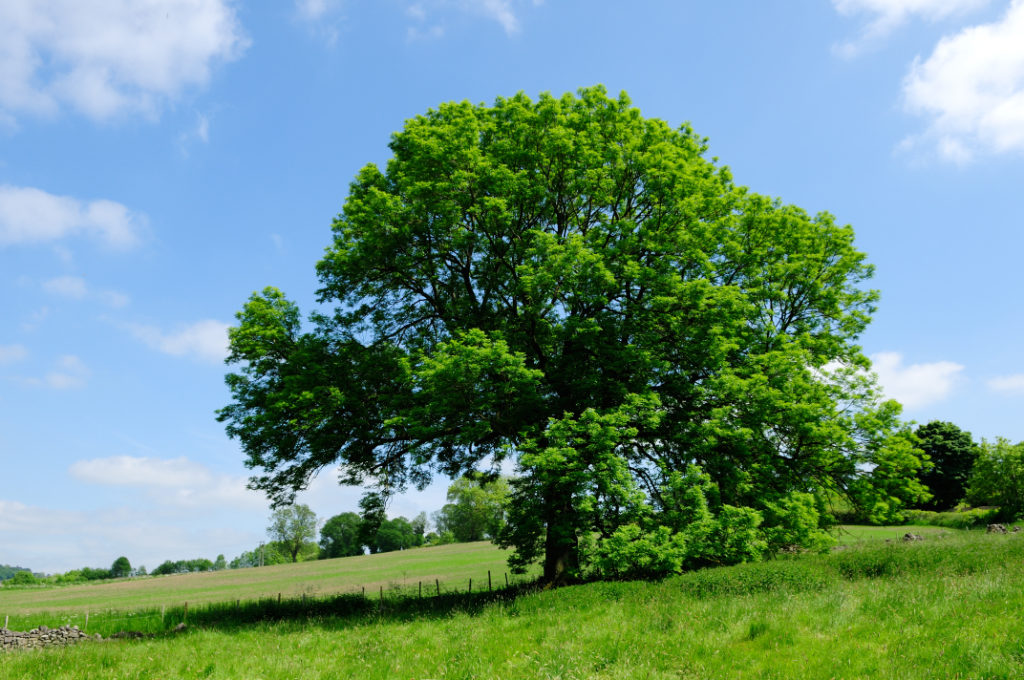
Due to their light and open canopies, ash trees also increase and encourage biodiversity on woodland and forest floors.
Ash is also a very important species for its timber, which is used for many different purposes. and some types are quite popular for garden and ornamental use.
Identifying Ash Dieback
The symptoms of this disease can be seen on the leaves, the stems and on the tree as a whole.
Leaves will often begin to turn black, often first blackening along the midrib and leaf base.
The leaves which are affected will also wilt.
On stems, small lesions or spots will appear on the bark and these can grow to form cankers.
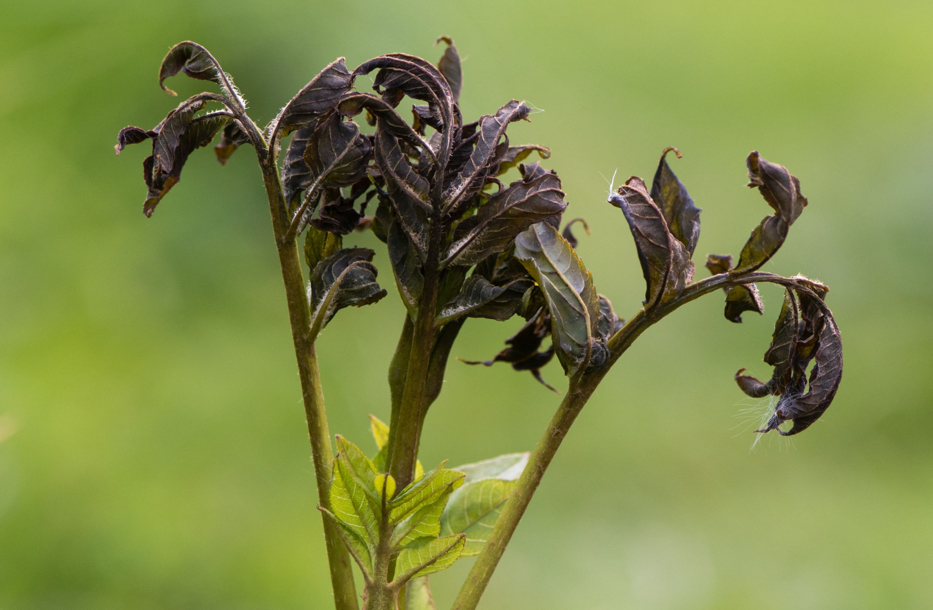
In some cases, the disease may circle the stem and kill it in a single season.
When the bark is peeled off, the brownish or grey discolouration can be seen, which extends beyond the area of dead bark.
Trees that are infected show extensive dieback of branches, shoots and twigs.
Often, many shoots which are produced from previously dormant buds can be seen.
When To Look Out For Symptoms
The optimal time to identify ash dieback is between July and September when blackening and wilting are likely to be seen, and natural seasonal changes will not be mistaken for indications that the disease is present.
Some other things that are normal for ash trees are sometimes mistaken for indications of this problem but are not indicative of the disease.
Firstly, note that ashes are one of the latest trees to produce new leaves in spring.
Often, late flushing may cause people to suspect that the tree is dead or dying, but ash trees may not be in leaf until June.
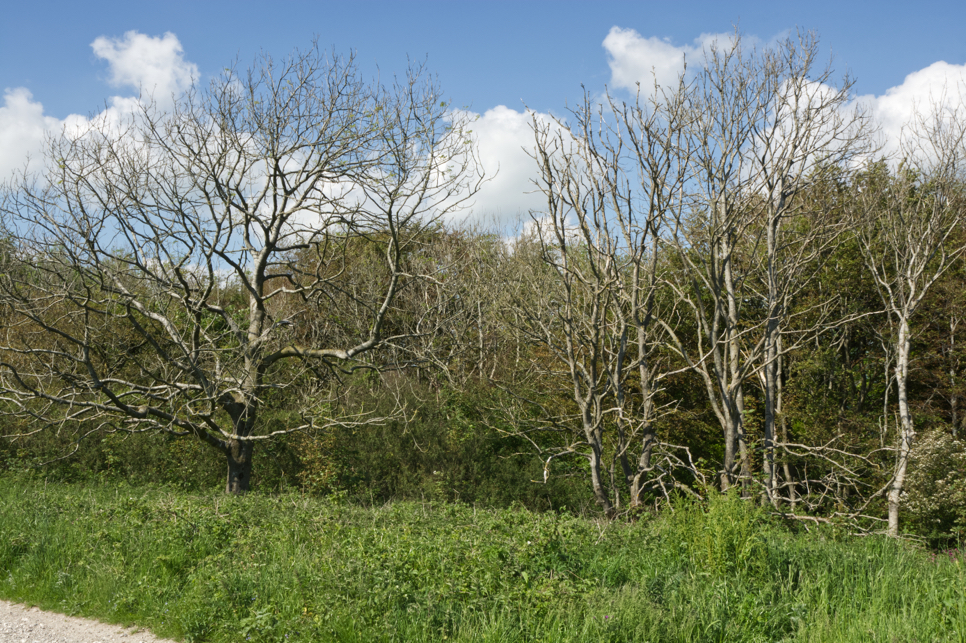
It is only when we reach mid-June that lack of leaves would be a concern.
By then, all healthy ash trees are in full leaf.
You may also see dark ash keys on the tree after the leaves fall in autumn.
These are normal things for ash trees, but people sometimes think they are blackened leaves from a distance.
Reporting Ash Dieback
Forest Research and country forest authorities want to get reports of chalara ash dieback in areas where it has not yet been reported.6How to report Ash Dieback. (n.d.). Cornwall Council. Retrieved March 9, 2023, from https://www.cornwall.gov.uk/environment/trees-hedges-and-woodlands/tree-and-woodland-management/how-to-report-ash-dieback/
Ash dieback in Great Britain should be reported through TreeAlert, and ash dieback in Northern Ireland through TreeCheck; both are branches of the gov.uk website.7Report a tree pest or disease. (2018, September 26). GOV.UK. Retrieved March 9, 2023, from https://www.gov.uk/guidance/report-a-tree-pest-or-disease-overview
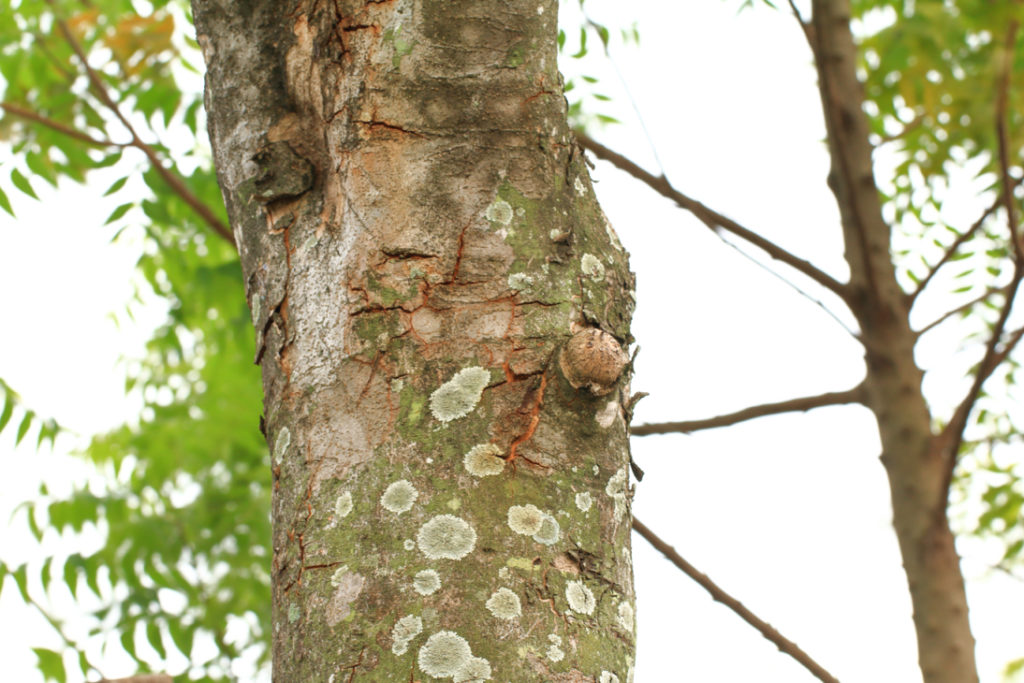
These sites require you to upload clear and close-up pictures of the tree’s symptoms.
In some cases, you may then be asked to provide more information, and further investigation of the tree in question may be arranged in some cases.
Slowing The Spread
Ash dieback spreads through spores of the fungus, which can be carried locally for many miles on the winds, but sometimes can even be carried from mainland Europe.8Trust, W. (n.d.-a). Ash Dieback (Hymenoscyphus fraxineus). Woodland Trust. Retrieved March 9, 2023, from https://www.woodlandtrust.org.uk/trees-woods-and-wildlife/tree-pests-and-diseases/key-tree-pests-and-diseases/ash-dieback/
Government scientists have also concluded that spores only live for a few days, spores come from infected dead leaves between June and September, and that there’s a low chance of dispersal on clothing, or animals and birds.9Managing ash dieback in England. (2021, June 10). GOV.UK. Retrieved March 9, 2023, from https://www.gov.uk/guidance/managing-ash-dieback-in-england

Individuals can help slow the spread of ash dieback in areas where the disease is present by making sure that they brush soil and plant matter off their shoes, wheels and clothing before leaving a woodland site – washing these items before they visit another site.10The Tree Council. (2022, July 12). Ash dieback action plan toolkit for local authorities. Retrieved March 9, 2023, from https://treecouncil.org.uk/what-we-do/science-and-research/ash-dieback/local-authority-ash-dieback-action-plan-toolkit/
Car drivers are urged to park on paved areas where possible when visiting woodland sites, and cyclists are asked to wash down bikes before and after taking woodland or forest trails to avoid accidentally spreading chalara ash dieback.
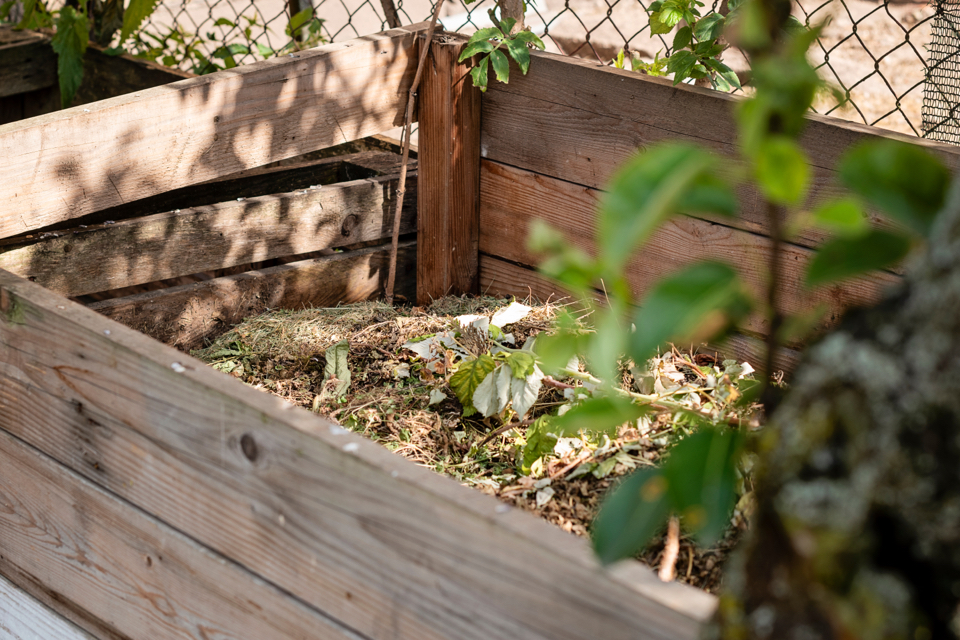
Gardeners can also help slow the spread of ash dieback in their area by collecting and deep composting the leaves to prevent the spores from being dispersed and disrupting the fungus’ life cycle.
Infected leaves should be covered with 10cm of soil or 15-30cm of other organic matter.
The area should then be left undisturbed (other than adding more material on top) for at least a year.
“If you are considering getting bark chips from a tree surgeon to help control the spread of tree pests and diseases, it would be wise to ask for no chip from diseased Ash or Elm trees,” adds Dan Ori, Master Horticulturist.
Do Trees With Ash Dieback Need To Be Felled?
If you have an ash tree in your garden suffering from ash dieback, you may wonder whether it needs to be felled.
In most cases, it is best to keep your tree standing if you can, even if it is infected.
Tree preservation orders must also still be respected.11Ash dieback. (n.d.). Broads Authority. Retrieved March 9, 2023, from https://www.broads-authority.gov.uk/planning/other-planning-issues/trees-and-hedgerows/ash-dieback
Most trees infected with this disease will sadly die, but scientists have found that a small number ash of trees can tolerate infection.12Ash Dieback Disease: A Guide For Tree Owners. (n.d.). The Tree Council. Retrieved March 9, 2023, from https://treecouncil.org.uk/wp-content/uploads/2020/06/Tree-Council-Ash-dieback-tree-owners-guide-FINAL.pdf
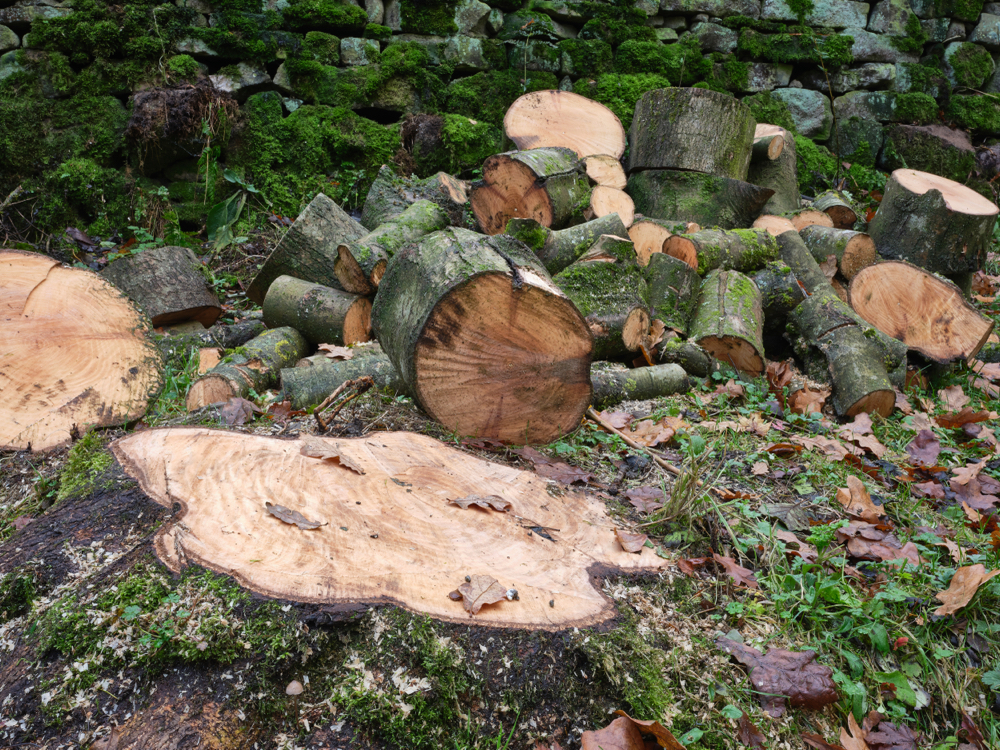
A proportion may also become symptomatic but then regain their good health.
It is not yet known whether such trees are to be found in the UK ash population, but keeping trees standing is invaluable for research.
It may be that tolerant trees can potentially be utilised to breed more tolerant trees for our future.
However, safety is a priority, so it is important to observe your ash tree very carefully as the disease proceeds.
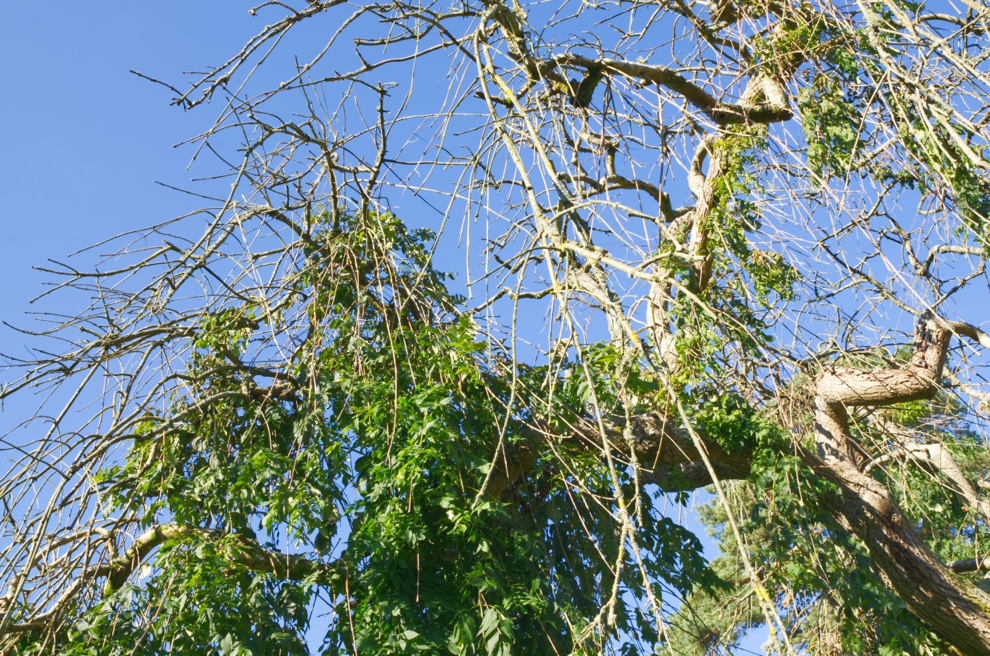
It may have to be felled if branches look like they are likely to break off and cause damage or injury, or if the trunk is weakened near the base and the tree may fall more easily.
Ash dieback is a large ecological problem, but there is hope.
Work is being done to selectively breed tolerant trees to replace the ash trees that are lost and gardeners can help by reporting this when it spreads to new areas, and by helping to slow the spread of the disease by managing diseased leaves in their gardens.
References
- 1Forest Research. (2022, December 13). Ash dieback (Hymenoscyphus fraxineus). Retrieved March 9, 2023, from https://www.forestresearch.gov.uk/tools-and-resources/fthr/pest-and-disease-resources/ash-dieback-hymenoscyphus-fraxineus/
- 2Nielsen, L. R., McKinney, L. V., Hietala, A. M., & Kjær, E. D. (2017). The susceptibility of Asian, European and North American Fraxinus species to the ash dieback pathogen Hymenoscyphus fraxineus reflects their phylogenetic history. European Journal of Forest Research, 136(1), 59–73. https://doi.org/10.1007/s10342-016-1009-0
- 3Ash Dieback UK Outbreak. (n.d.). Forestry Commission. Retrieved March 9, 2023, from https://cdn.forestresearch.gov.uk/2022/02/ashdieback_uk_outbreak_map4_10_web_version_may2020-scaled.jpg
- 4Better, F. G. C.-. B. L. L. (2018, August 29). Ash dieback alert. Frosts Garden Centres. Retrieved March 9, 2023, from https://www.frostsgardencentres.co.uk/news/24/ash-dieback-alert
- 5Forest Research. (2022a, February 16). Woodland area by species. Retrieved March 9, 2023, from https://www.forestresearch.gov.uk/tools-and-resources/statistics/forestry-statistics/forestry-statistics-2018/woodland-areas-and-planting/national-forest-inventory/woodland-area-by-species-broadleaves/
- 6How to report Ash Dieback. (n.d.). Cornwall Council. Retrieved March 9, 2023, from https://www.cornwall.gov.uk/environment/trees-hedges-and-woodlands/tree-and-woodland-management/how-to-report-ash-dieback/
- 7Report a tree pest or disease. (2018, September 26). GOV.UK. Retrieved March 9, 2023, from https://www.gov.uk/guidance/report-a-tree-pest-or-disease-overview
- 8Trust, W. (n.d.-a). Ash Dieback (Hymenoscyphus fraxineus). Woodland Trust. Retrieved March 9, 2023, from https://www.woodlandtrust.org.uk/trees-woods-and-wildlife/tree-pests-and-diseases/key-tree-pests-and-diseases/ash-dieback/
- 9Managing ash dieback in England. (2021, June 10). GOV.UK. Retrieved March 9, 2023, from https://www.gov.uk/guidance/managing-ash-dieback-in-england
- 10The Tree Council. (2022, July 12). Ash dieback action plan toolkit for local authorities. Retrieved March 9, 2023, from https://treecouncil.org.uk/what-we-do/science-and-research/ash-dieback/local-authority-ash-dieback-action-plan-toolkit/
- 11Ash dieback. (n.d.). Broads Authority. Retrieved March 9, 2023, from https://www.broads-authority.gov.uk/planning/other-planning-issues/trees-and-hedgerows/ash-dieback
- 12Ash Dieback Disease: A Guide For Tree Owners. (n.d.). The Tree Council. Retrieved March 9, 2023, from https://treecouncil.org.uk/wp-content/uploads/2020/06/Tree-Council-Ash-dieback-tree-owners-guide-FINAL.pdf
